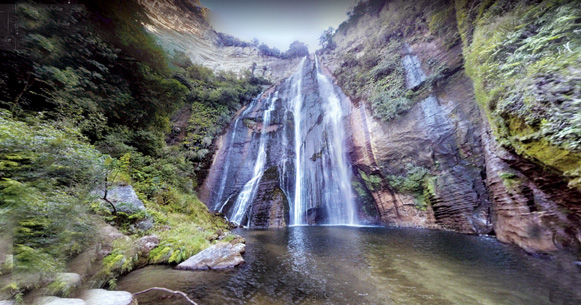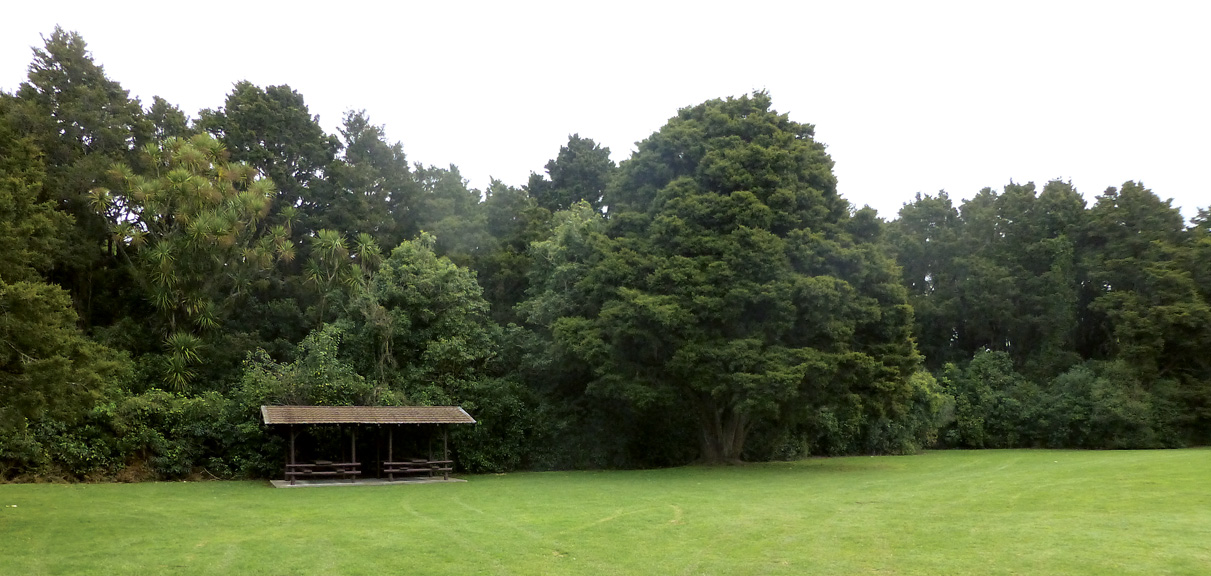
Rising 58 metres, Shine Falls is Hawke’s Bay’s most spectacular waterfall.
Shine Falls is roughly a 1.5 hours drive away from Napier, and the last 12km is gravel road – but it’s worth the trip!
The Shine Falls track is a 1.5 hour return walk, and leads to the base of the waterfall. The walk passes through farmland and beneath towering sandstone bluffs. There are some uphill sections on the track as well as stream crossings, but they are all bridged and easy. Low-land forest includes kanuka, kawakawa, kowhai and titoki.
Getting there
From Napier, head north-east on SH2 and follow it for the next 43.5km until you see the ‘Shine Falls’ sign, where you need to turn left into Matahorua Rd. After 11km turn left into Heays Access Rd. Follow this road for 6.5 km until you reach a DOC car park, on your left, with a picnic table (no toilets).
Kamahi Loop Track to Shine Falls and Heays Accesss Road
The Kamahi Loop Track is another but longer walk taking in Shine Falls in Hawkes Bay.
The walk time is five hours one way over a distance of 8.3km.
Starting at the Pohokura Road car park and taking in part of the Tūmanako and Kamahi loops, visitors experience a cross-section of the reserve’s features – including an ancient mataī about 800 years old and birds such as tītitipounamu/rifleman and the reintroduced pītoitoi/North Island robin.
Middle Track, between the midpoint of Kamahi Loop and Shine Falls, may be steep and rough in some sections.
From above Shine Falls, the track descends steeply through stands of rewarewa, crossing Boundary Stream to reach the bottom of the spectacular Shine Falls before continuing to Heays Access Road.
Getting there
Boundary Stream Mainland Island is located approximately one hour’s drive north of Napier.
Follow State Highway 2 to Tutira, turn left at Tutira onto Matahorua Road then left onto Pohokura Road.









